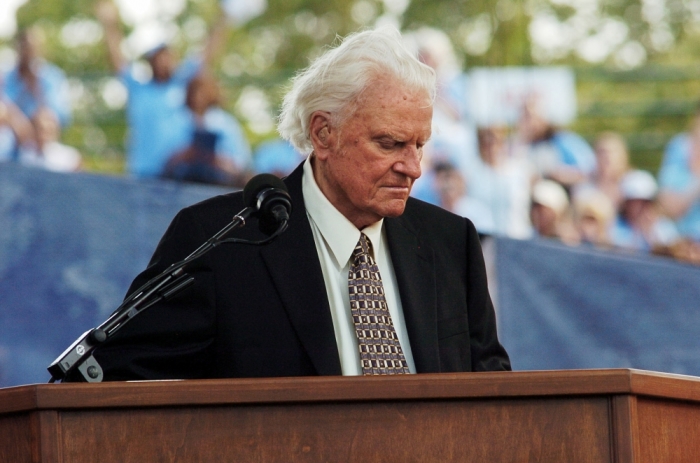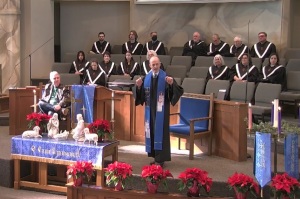Billy Graham statue closer to replacing segregationist NC gov. in US Capitol

A statue of the famed evangelist the Rev. Billy Graham is one step closer to being installed at the U.S. Capitol to replacing that of a former North Carolina governor who was a racial segregationist.
North Carolina’s Statuary Hall Selection Committee unanimously approved a model of the late evangelist last week, with its official approval pending a vote from a congressional committee.
The approved statue design was by Chas Fagan, who has created multiple notable sculptures including former President Ronald Reagan in the Capitol, The Charlotte Observer reported.
If approved, Graham will replace a statue of Charles Aycock, a former governor of North Carolina whose statue has been represented at the Capitol since 1932.
A lawyer by profession, Aycock was elected governor of North Carolina in 1900 and served until 1905. He died in 1912 while campaigning to become a U.S. senator.
Although Aycock was known for his support of education reform, he also advanced white supremacist agenda items such as racial segregation and black voter disenfranchisement.
The National Statuary Hall Collection in the U.S. Capitol Building has 100 statues, two from each state meant to honor notable figures.
Last month, the U.S. House Appropriations Committee announced the draft fiscal year 2021 funding bill, which called for removing the statue of Aycock and others from the Capitol.
“The bill includes language directing the Architect of the Capitol to remove statues or busts in the U.S. Capitol that represent figures who participated in the Confederate Army or government, as well as the statues of individuals with unambiguous records of racial intolerance,” stated the committee in July.
“The Architect is instructed to work with the States who contributed Confederate statues to return them to the donor State.”
Efforts to add a statue of Graham to the Capitol to replace Aycock go at least as far back as 2015, when North Carolina lawmakers first passed a bill calling for the replacement.
“We are talking about someone who has affected positively millions and millions of Americans and people around the world,” said state Rep. John Blust, who supported the legislation, in 2015. “What more could you want out of someone to represent our state in the United States Capitol?”
The effort in support of the Graham statue gained more traction in 2018, following the death of the famed evangelist several months before his 100th birthday.
If approved, Graham would not be the only clergyman honored in the Capitol. One of Hawaii’s two statues is that of Father Damien, a 19th century Catholic missionary who ministered to lepers.




























